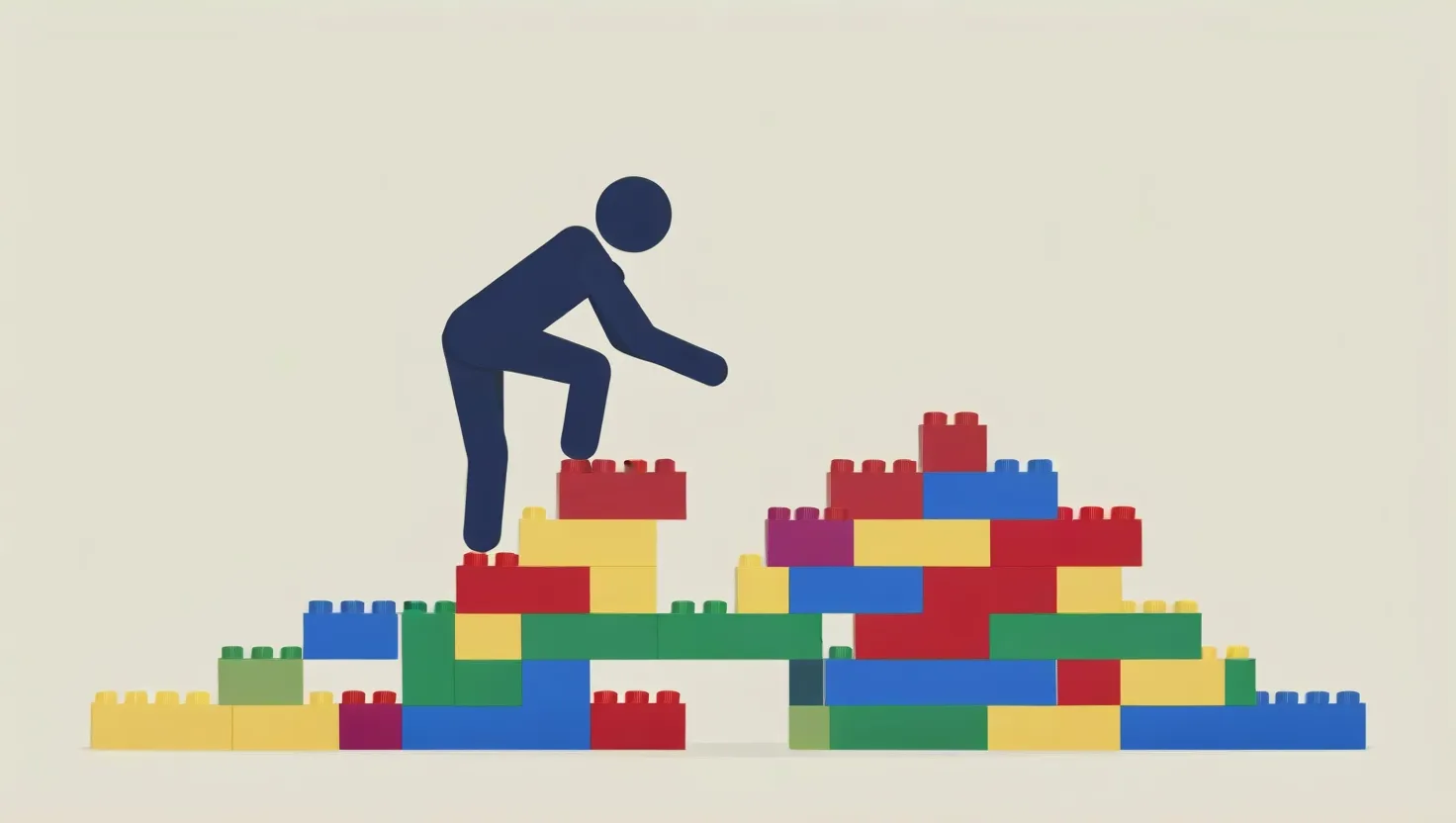Taking on a big task can often feel like staring up at a mountain, wondering how you’ll ever get to the top. It’s easy to get bogged down by the sheer size of what you need to do, and that can freeze your progress completely. The trick is to chop that giant task into smaller, bite-sized pieces. This not only helps you move forward but also gives your morale a serious boost, making you feel like you’re actually getting stuff done.
So, how do you get started?
Get a Grip on What You’re Doing
First things first, you need to fully understand what you’re up against. What’s the endgame? What steps will you need to take to get there? Clear up any uncertainties and gather all the info you need. Let’s say you’re putting together a report. Figure out what the report should cover, who needs to see it, and when it’s due. This step lays down the groundwork for everything else.
Break It Down
Once you’re clear on what needs to be done, it’s time to break that bad boy down into smaller, more manageable tasks. Call this task-splitting if you want to get fancy. Identify the main project and then slice it up into subtasks. Each subtask should be a mini-goal that leads you to the big prize.
For a report, you might start with doing research, then draft different sections, edit your work, and finally proofread it. Each one of these steps gets you closer to completing the whole thing. Make sure these smaller tasks are clear and doable. Instead of saying “work on the report,” go for “research for the report” or “write the introduction.”
Put Things in the Right Order
Next, lay out these smaller tasks in a logical sequence. Decide what needs to be done first and what can come later. Some steps will naturally need to happen before others, while some can be done at the same time. For a report, you obviously need to finish your research before you can start writing.
Think about what tasks depend on others. If something is crucial for making progress, tackle that sooner rather than later. Organize everything in a way that makes sure each piece gets done right when it needs to be.
Guess How Long It’ll Take and Set Deadlines
After you’ve broken down and ordered your tasks, estimate how long each one will take. This helps you plan your schedule and ensures you stay on track. Use past experience to guide your guesswork. Consider each task’s complexity and what resources you have. The tougher the task, the longer it’ll probably take.
Set deadlines for each task to keep you focused. Overestimate how long things will take to give yourself some wiggle room. Work in bursts of 25 to 90 minutes, taking breaks in between to avoid burning out and keep productivity high.
Prioritize Like a Pro
Not all tasks are created equal. Some are more crucial than others. Prioritize based on importance, deadlines, and how tasks depend on each other. Use the Eisenhower decision matrix if you want to get all strategic about it. Separate tasks into urgent vs. important and zero in on the most critical ones first.
Daily Task Management
Day-to-day tasks need to be managed well to keep the overwhelm at bay. Tackle the most pressing things first. Techniques like the Pomodoro Technique can be super helpful here. Work in focused chunks of 25 minutes, then take a five-minute break. After four cycles, take a longer break of 15 to 20 minutes. This keeps you sharp and helps avoid burnout.
Track Your Progress and Adjust as Needed
Keep an eye on how you’re doing. This will give you a sense of achievement and help you spot delays or problems early. Regularly review your list and progress. Adjust your plans if priorities shift, unexpected issues pop up, or tasks take longer than expected. Remember, the plan is flexible and should adapt to fit your needs.
Use the Right Tools
There’s a boatload of apps and tools out there to help you manage tasks. Trello is a great one, letting you create project boards with cards for each task. You can add checklists, due dates, and labels, making it easy to keep track of everything.
Delegate Where You Can
If there are tasks someone else can handle, delegate them. This frees you up to focus on what you’re uniquely suited for. Delegation lightens your load and often speeds things up.
Stay Productive
Learning to break down tasks is a skill, but it seriously boosts your productivity. By thoroughly understanding what needs to be done, breaking it into smaller parts, and tackling each part one at a time, you’ll keep your to-do list in check.
Here’s an example to bring it all together. Suppose you’re working on a quarterly sales report due on April 14. Break it down like this:
- Gather and send quarterly sales numbers to the designer (April 3)
- Schedule first check-in with the designer (April 3)
- Research last quarter’s sales numbers (April 5)
- What worked and what didn’t?
- What sold best? Worst?
- What’s changing next quarter?
- Write the first draft (April 11)
- Edit the first draft (April 12)
- Finish the second draft (April 13)
- Format with the chart (April 13)
- Send the report to the sales team (April 14)
If any task seems too big, don’t hesitate to break it down further. Similarly, combine tasks that go well together. The aim is to create small, manageable chunks you can easily handle.
Following these steps makes even the most daunting tasks feel doable. You’ll make steady progress, stay focused, and reach your goals without getting overwhelmed. The idea is to simplify the work, not complicate it. Stay organized and watch your productivity soar.






